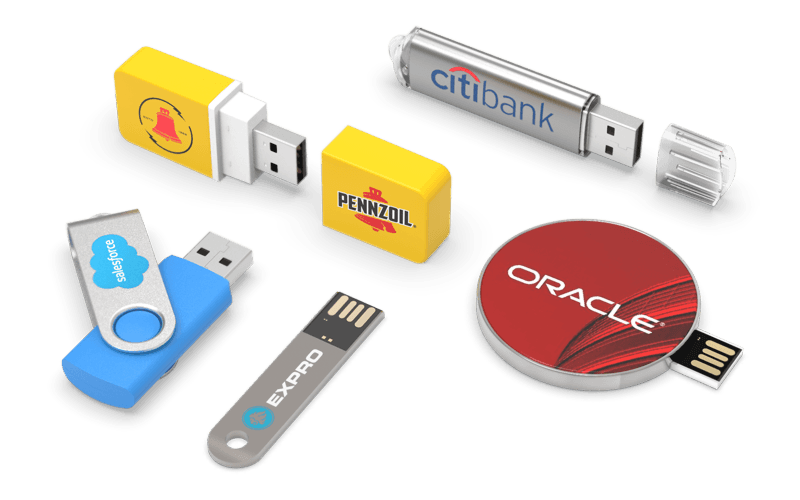How to Install Windows & Linux from USB: Step-by-Step Guide
USB Drives Are The Most Convenient Device When You Need To Get A Media Boot. Due to their easy access and adjustability, USB Drives Have Slowly Overtaken CDs or DVDs.
Install Windows and Linux Via USB Flash Drive. However, even though USB ports often outperform CDs / DVDs in most cases, there are some caveats. One of the most prominent ways to create a USB installation media for Windows or Linux is to use Rufus software.
Install Windows And Linux Via USB Flash Drive
Of all the bootable driver software, Rufus is the most popular choice in Windows 10. This article will introduce you to the steps for creating a USB bootable media for a Windows or Linux operating system using Rufus software.
How to create a USB boot using Rufus?
Items needed:
- Rufus software.
- ISO file to create installable media.
- Sufficient capacity USB device (at least 4 GB for Linux and 8 GB for Windows).
Download the latest version of Rufus.
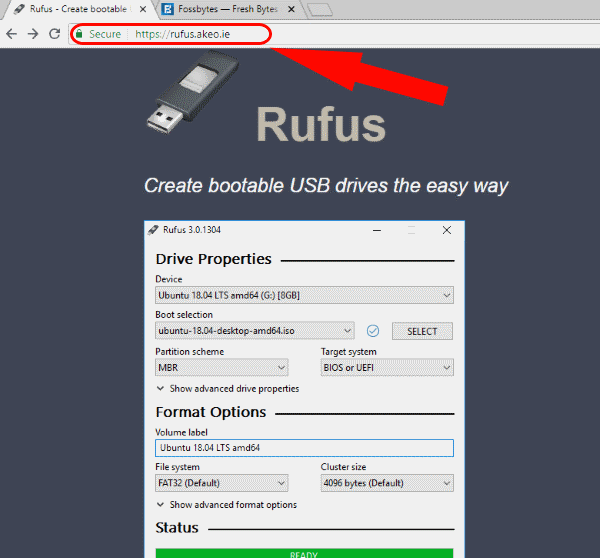
Rufus tool is free software. You can download it from the official website – https://Rufus.akeo.ie/.
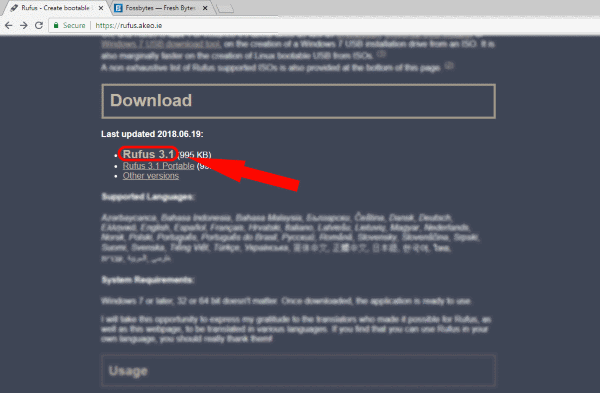
Go to the bottom of the download section, where new executable and portable files are found. Additionally, you can download previous versions by going to Other Versions.
Create bootable media
Rufus software does not need to be installed to run. Just run the file, and that’s it.
First, connect the USB device and run the program as Administrator.
If the USB is connected, Rufus automatically detects and displays the drive. Select one from the drop-down menu in the Devices section if multiple USB devices are connected.
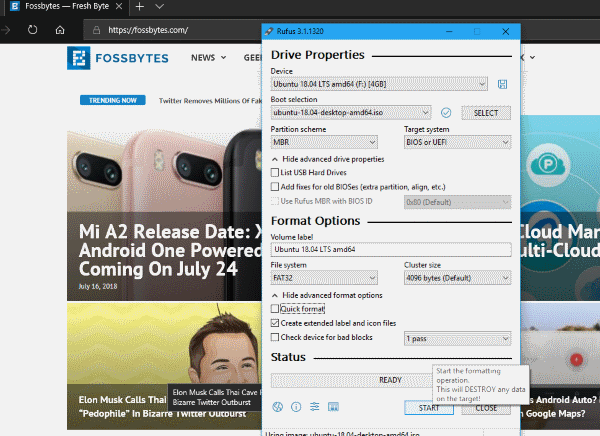
Rufus can create bootable devices with various settings such as partition layouts, cluster size, and file system. As you know, different hardware and operating system ISO files require different settings, so specify these settings.
Next, navigate to the Windows 10 ISO file or any other ISO file for which you want to create a bootable USB media. You can do this in the Boot selection section. The latest Rufus software (Rufus-3.1 and above) provides FreeDOS non-bootable files and disk or ISO options. Select the disk or ISO Image and click to browse the ISO file.
Then click Start, and in the next window, click OK to clear the content and format the disk. This process will probably not take more than a few minutes. The status bar shows the progress. Finally, when everything is done, your boot device is ready.
Recommended settings for Rufus
The default software settings are usually sufficient, and you can start creating a Windows 10 or Linux media boot. It is better to look at the hardware tips for those who want to know.
UEFI and BIOS are the two types of low-level software that run for the first time when a computer starts. Due to the limitations of older hardware, most newer devices come with a UEFI (Unified Extension Firmware) interface. UEFI is much more powerful than the BIOS Legacy. We have listed them below.
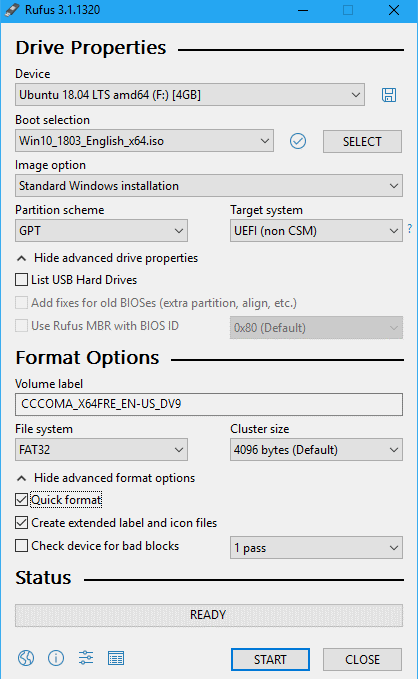
Boot Windows 10 with UEFI
- Partition layout: GPT.
- Target system type: UEFI.
- File system: FAT32.
- Cluster size: Select 4096 bytes (default).
In the format options, select both:
Quick format.
Create extended label and icon files.
Boot Windows 10 USB using Legacy BIOS
- Partition layout: MBR.
- Target system type: BIOS or UEFI-CSM.
- File system: NTFS.
- Cluster size: Select 4096 bytes (default).
In the format options, select both:
- Quick format.
- Create an extended label and icon file.s
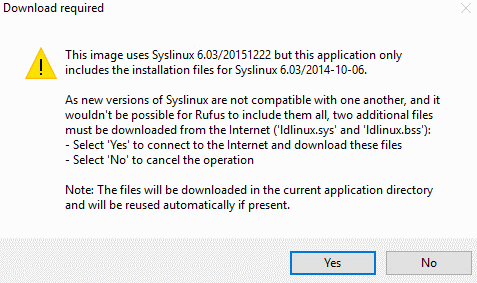
Another thing to consider when creating a Linux media boot is that Rufus checks for updated Syslinux or GRUB files. As a result, a window will appear asking you to choose between downloading a newer file from the server or using existing files.
Troubleshooting Rufus errors
Error: [0x00000015] The device is not ready
The primary indicates a hardware problem: the USB is not connected correctly. This error may occur when auto-connecting to the USB device is disabled. In addition, such an error will likely happen during the USB formatting process. To solve this problem in Rufus, follow these steps:
- Open Command Prompt as Administrator.
- Type mountvol/e / e and press Enter.
Additionally, an error during the ISO extraction process may be due to a bad USB connection. Therefore, using an external cable for a USB 3.0 connection is not recommended.
The device was eliminated because it appears to contain no media
If you encounter this error, try using another USB device, as this error means that the device can no longer write to memory.
Error [0x00000005] Access is denied
These errors are mainly related to third-party software that is incompatible with Rufus. You should check for external software, such as anti-virus or anti-malware, that may block Rufus’s access to the USB drive.
Additionally, if you are using Windows 10 to create a bootable USB device, the Controlled Folder Access feature can cause problems if enabled. Controlled Folder Access is an application that prevents writing from being sent to the drive outside the software. So make sure you turn off the feature. To do this, follow the instructions below:
- Select Start> Settings> Update & security> Windows Defender.
- Open Windows Defender Security Center.
- Go to Virus & threat protection> Virus & threat protection settings.
- Under Controlled folder access, could you turn off the key to deactivate it?
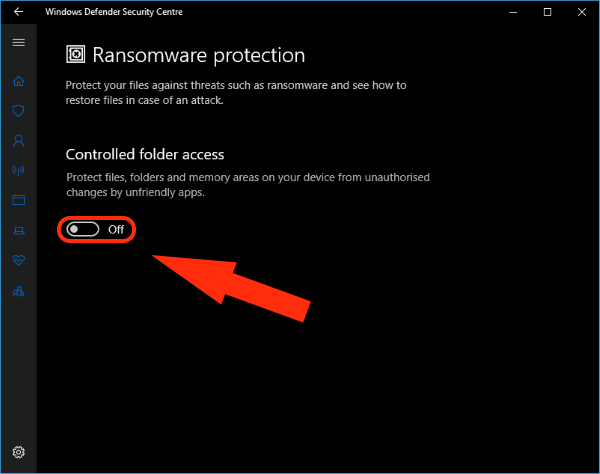
USB boot via Rufus
This is almost everything you need to know when creating a USB drive using Rufus to install Windows 10 or Linux distributions. Finally, if you encounter a problem with these processes, see the Frequently Asked Questions section of the GitHub Official FAQ. Also, if you want to discuss USB bootable media creation software, contact us in the comments section.
FAQ
How do I make a bootable USB drive?
Use tools like Rufus (for Windows) or dd (for Linux) to write the ISO image to the USB.
Do I need to change BIOS settings?
Yes — enter BIOS/UEFI and set USB as the first boot device to start installation.
Can I install Windows and Linux from the same USB?
Yes — by using a multi-boot USB tool (like Ventoy) that supports multiple OS images.

